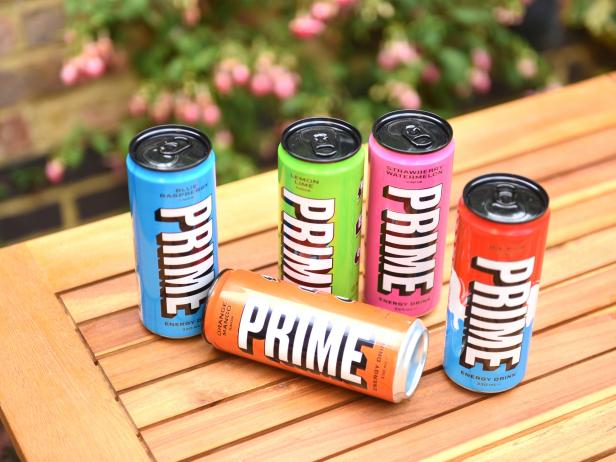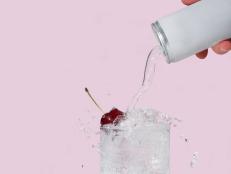Why You Should Pass on Prime Drinks
A sports nutritionist breaks down why these Logan Paul and KSI-created energy and hydration drinks just don’t provide the benefits they claim.

Peter Dazeley/Getty Images
The frenzy surrounding Prime drinks is certainly compelling. But when you look past the glossy influencer endorsements, some things just don’t stack up. Here’s why this trendy drink may not be the best choice.
What Are Prime Drinks?
Prime drinks are the brainchild of YouTube sensation Logan Paul and KSI, a rapper and boxer from the U.K. Upon its launch in 2022, the Prime brand has exploded in popularity in both the U.S. and U.K., especially with youth and adolescents in the Logan-KSI fan base. According to Logan Paul, Prime has already reached over $250 million in retail sales and has been increasingly hard to purchase due to high demand.
Prime offers both “hydration” and “energy” formulas, and both come in several flavors including Ice Pop, Blue Raspberry, Lemon Lime and Tropical Punch. Its energy products come in sleek and narrow 12-fluid ounce cans and the hydration formula comes in 16.9-fluid ounce bottles. These products are not interchangeable and have very different ingredient lists. Both tout their varying electrolyte contents and the brand’s website states the energy drink is not for those under 18 years of age.
What’s In Prime Drinks?
While hydration suggests electrolytes, and energy suggests increased power, one can never assume to know what can be found in drinks of these kind. Let’s put all the social media craze aside and stick to the (nutrition) facts.
A can of Prime Ice Pop Energy contains 10 calories, 55 milligrams of sodium, two grams of carbohydrates and zero grams of protein. There is no added sugar, but it is exceptionally sweet thanks to the addition of three artificial sweeteners, sucralose (a.k.a. Splenda), inositol and acesulfame potassium. Vitamins B6, B12 and small amounts of calcium, potassium and magnesium are also added. While 10 calories does not provide a lot of energy, the drink has 200 milligrams of added caffeine. This is the equivalent of about two cups of coffee. Caffeine provides a stimulant effect, but not the energy many people seek when reaching for a drink like this. Like many energy drinks, Prime also contains taurine.
A bottle of Prime Ice Pop Hydration contains 20 calories, 10 milligrams of sodium, six grams of carbohydrates and zero grams of protein. This formula has 700 milligrams of potassium, increased doses of vitamins B6 and B12 compared to the energy formula and two of the same artificial sweeteners. This product also claims to include branched-chain amino acids, but the amount found in each bottle is incredibly low and in no way needed to help replenish hydration. This drink is made from coconut water – hence the high potassium levels – but this drink misses the mark on the most vital nutrients for hydration: sodium and carbohydrates.
Bottom Line: Neither of these products provide what you need – energy with no calories (which doesn’t exist) and hydration with lackluster ingredients to support or replenish sweat losses. Neither of these drinks offer anything of nutritional value and may be harmful when consumed in excess – especially to youth that seek them out. Go ahead and pass on Prime.
Related Content:
































